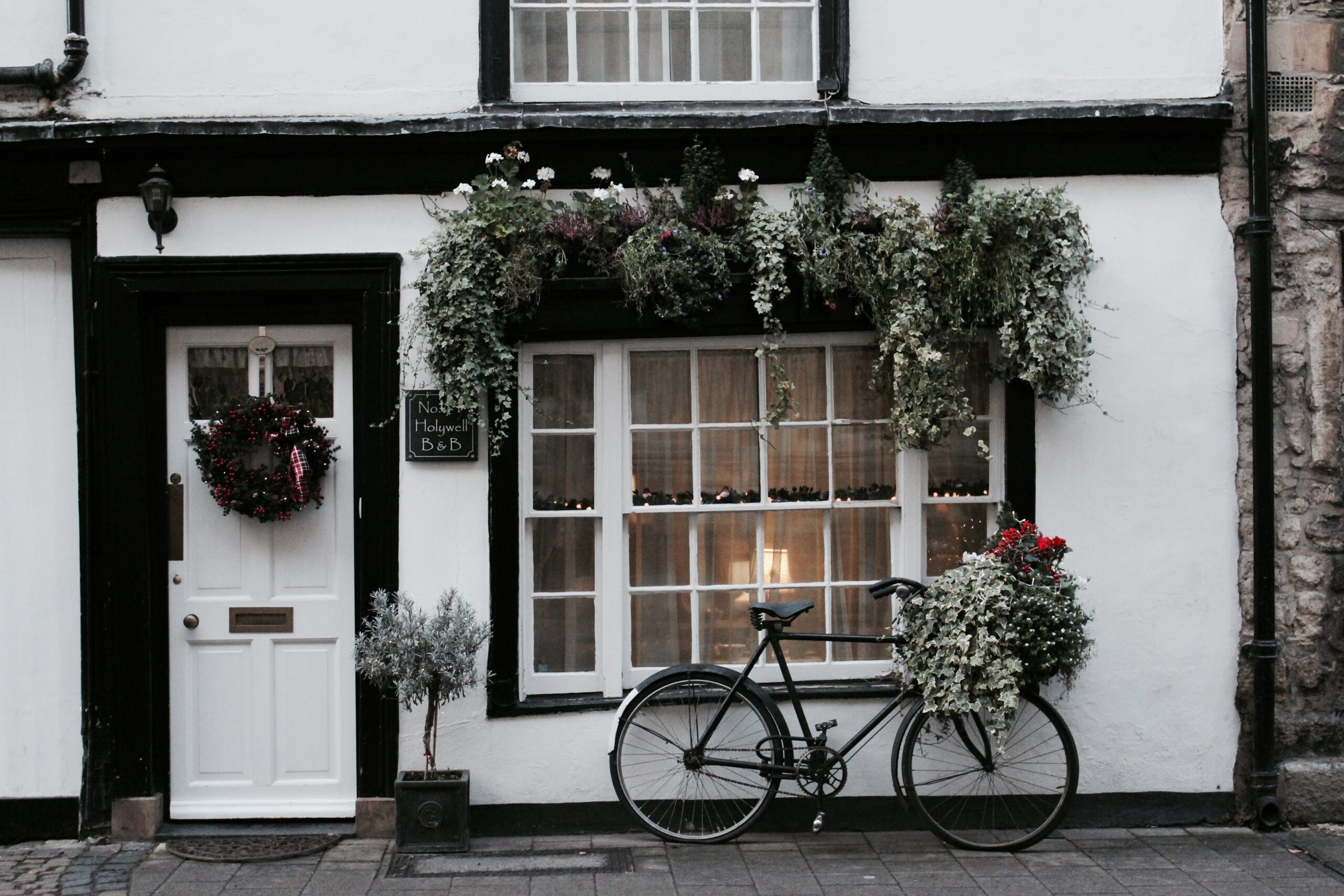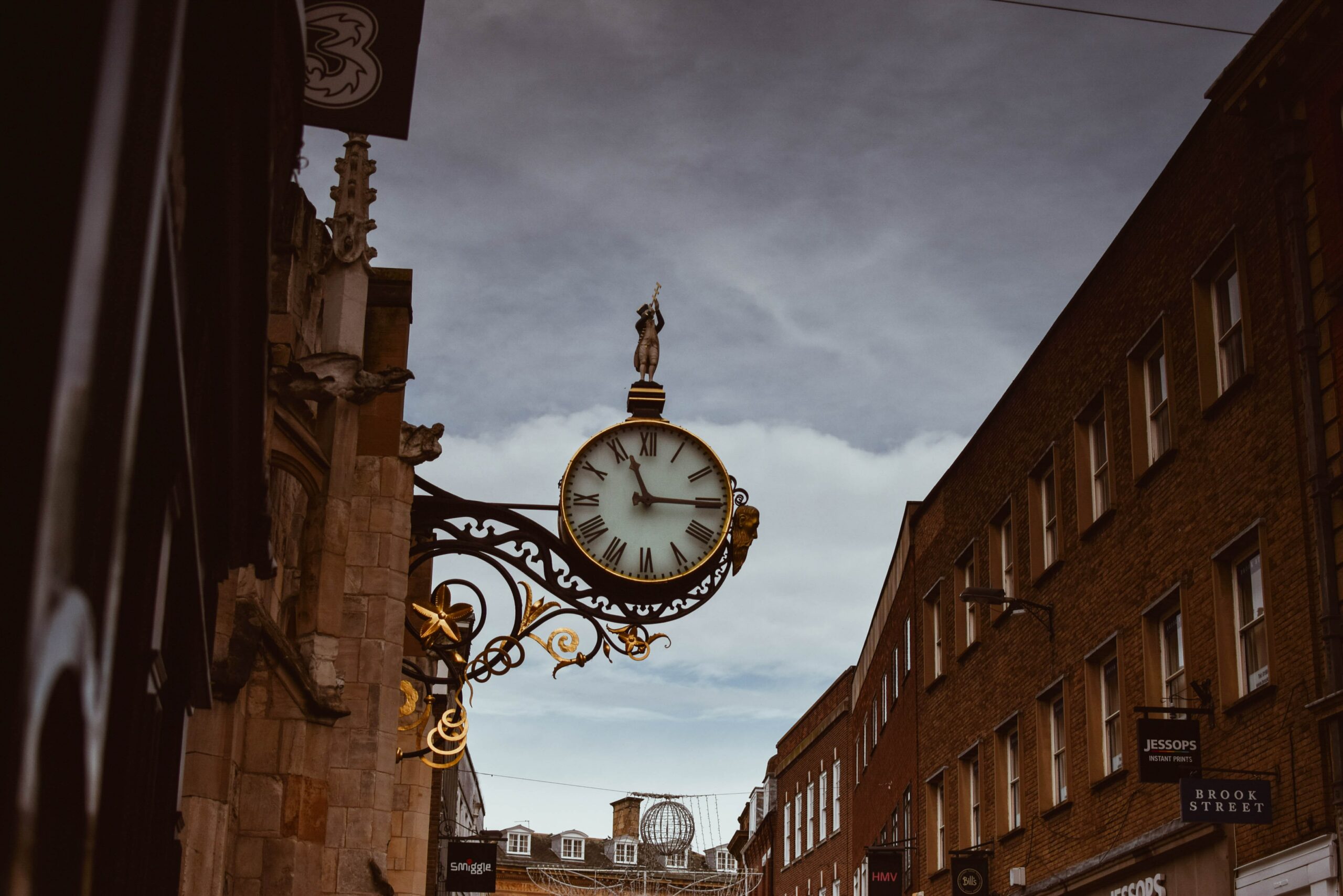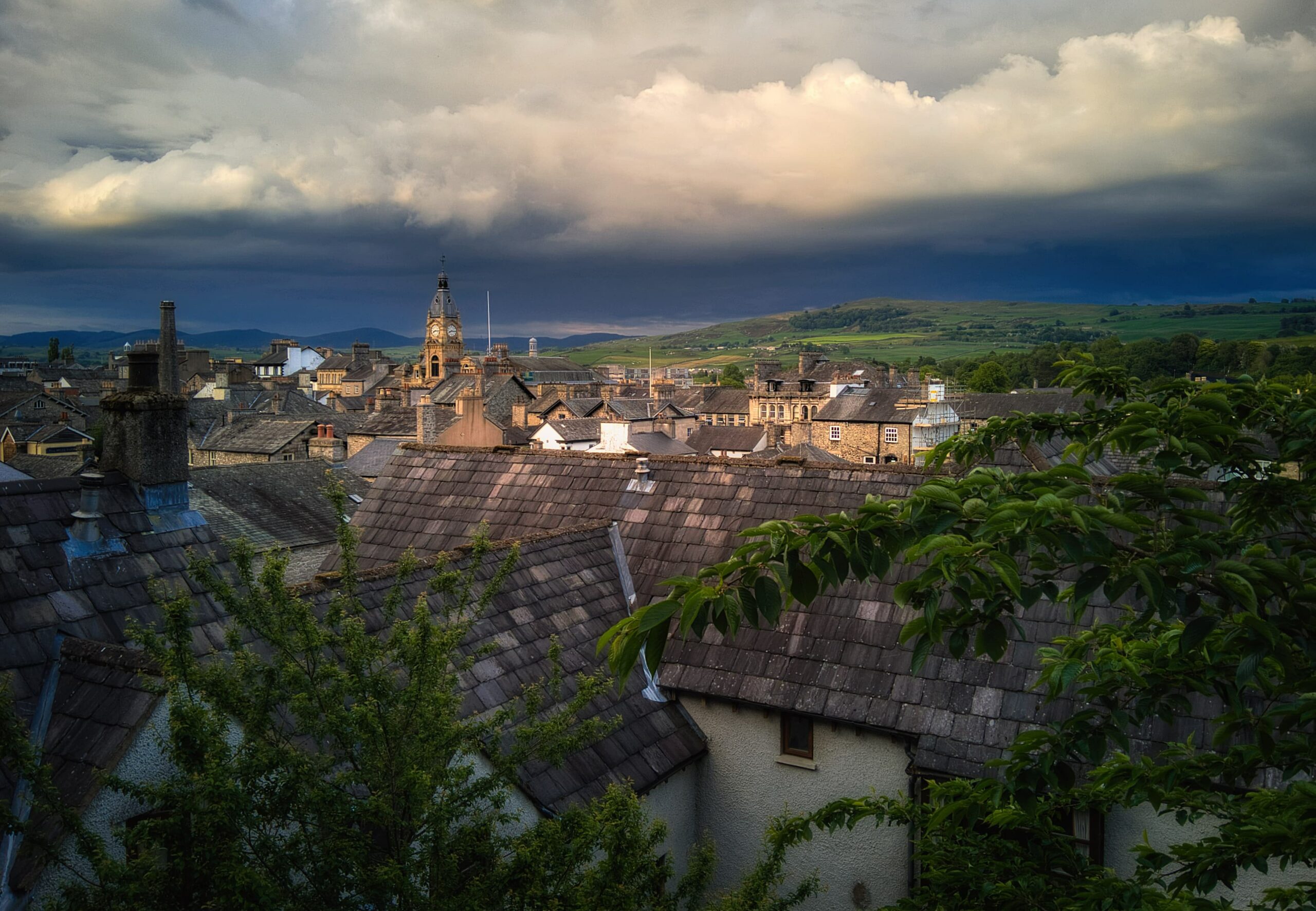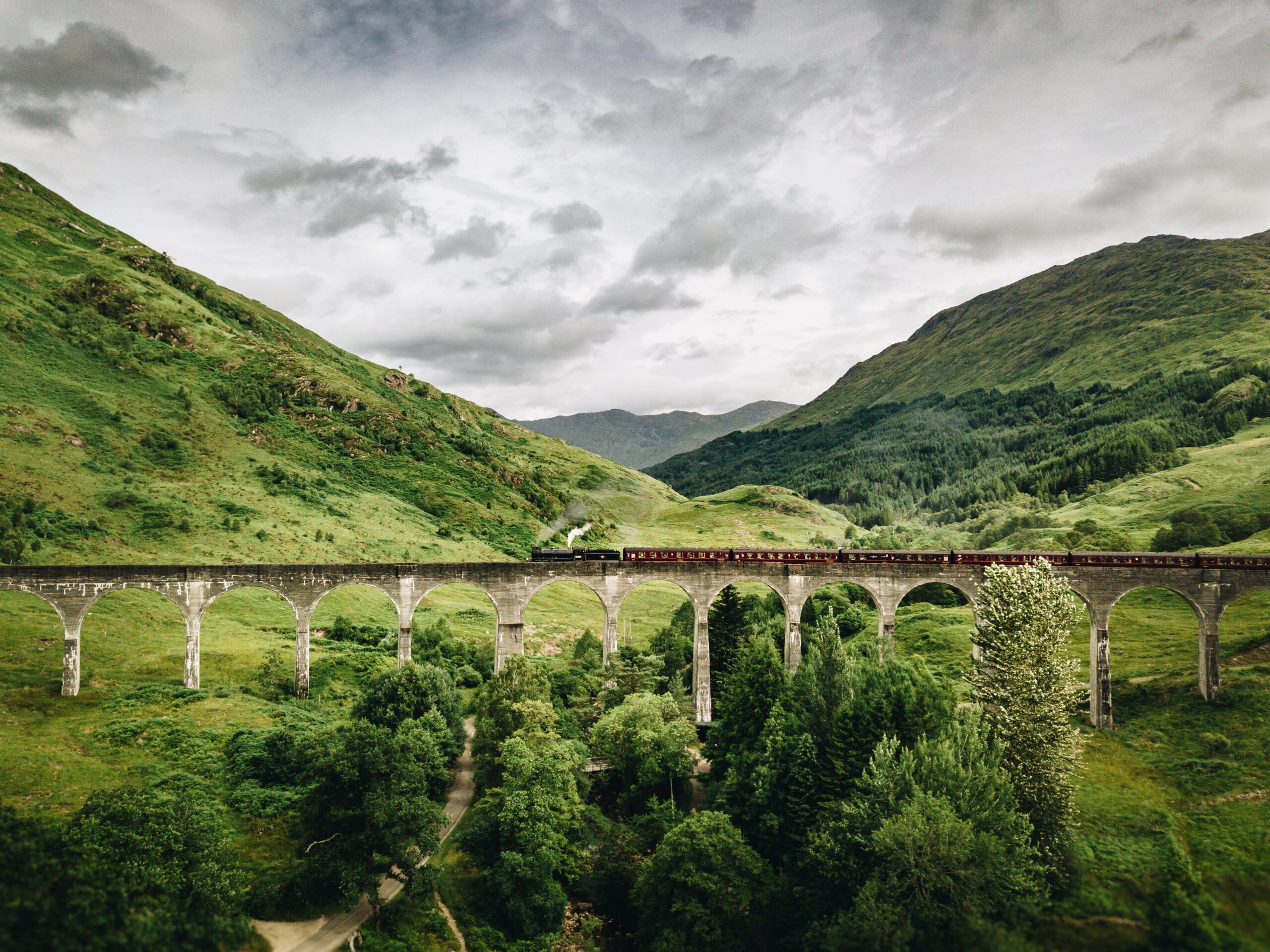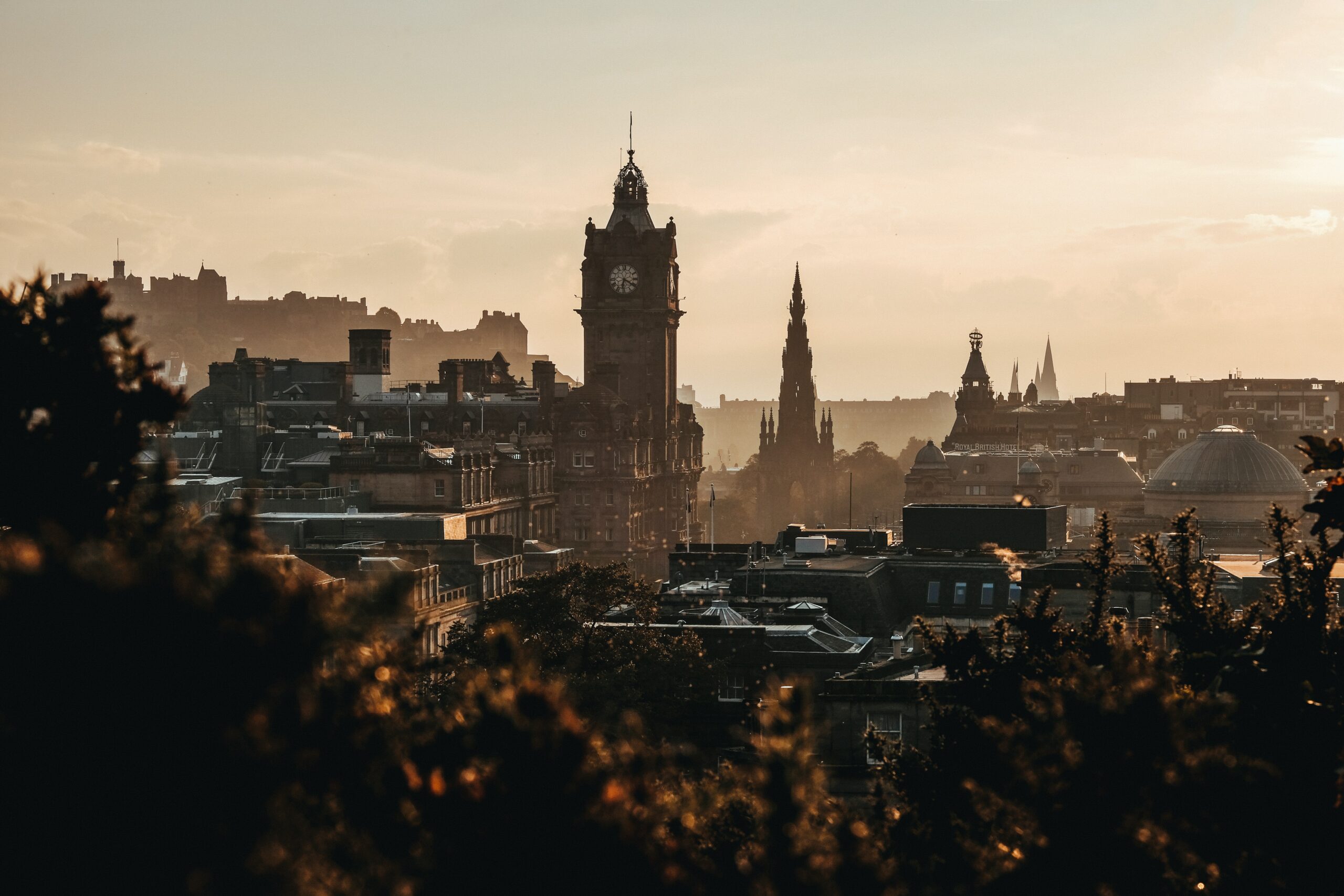Just after Edinburgh
Livingston is the second largest settlement in the Lothians after Edinburgh. When one considers that prior to the 1960s, few people outside of its immediate area had ever heard of it, it is remarkable that over 50,000 people have chosen to make it their home in the past forty odd years. This is an accomplishment that is truly remarkable. All of that changed in 1962 when the government was looking for a suitable place to relocate Glasgow's over spill population.
-
They only had one city in mind;
-
which was Livingston.

